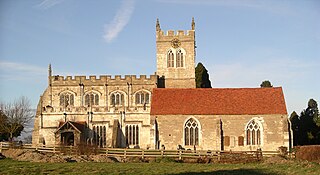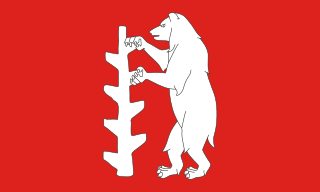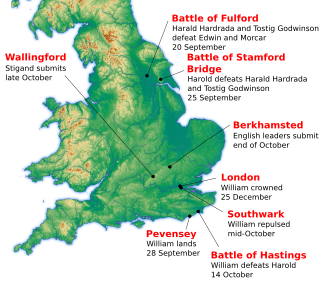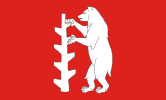Alien priories were religious establishments in England, such as a monastery or convent, which were under the control of another religious house outside England. Usually the mother-house was in France.

Bermondsey Abbey was an English Benedictine monastery. Most widely known as an 11th-century foundation, it had a precursor mentioned in the early eighth century, and was centred on what is now Bermondsey Square, the site of Bermondsey Market, Bermondsey, in the London Borough of Southwark, southeast London, England.
Folkestone Priory was a pre-Reformation Benedictine monastery at Folkestone in the English county of Kent. The priory church survives as the present parish church. It was the successor to Folkestone Abbey, an Anglo-Saxon nunnery on a different site.
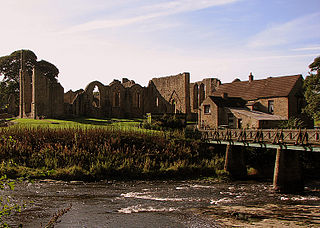
Finchale Priory(pronounced finkle) sometimes referred to as Finchale Abbey was a 13th-century Benedictine priory. The remains are sited by the River Wear, four miles from Durham. It is a Grade I listed building.

Hatfield Broad Oak Priory, or Hatfield Regis Priory, is a former Benedictine priory in Hatfield Broad Oak, Essex, England. Founded by 1139, it was dissolved in 1536 as part of Henry VIII's dissolution of the monasteries.
The Subiaco Cassinese Congregation is an international union of Benedictine houses within the Benedictine Confederation. It developed from the Subiaco Congregation, which was formed in 1867 through the initiative of Dom Pietro Casaretto, O.S.B., as a reform of the way of life of monasteries of the Cassinese Congregation, formed in 1408, toward a stricter contemplative observance, and received final approval in 1872 by Pope Pius IX. After discussions between the two congregations at the start of the 21st century, approval was given by Pope Benedict XVI in 2013 for the incorporation of the Cassinese Congregation into its offshoot, the Subiaco Congregation. The expanded congregation was given this new name.

Hinckley Priory was a small medieval monastic house in the town of Hinckley, Leicestershire, England.

Burwell Priory was a priory in the village of Burwell, Lincolnshire, England.

St. Mary Magdalen was a Benedictine priory in Lincoln, England. Along with Sandtoft Priory and Hanes Cell, it was a Lincolnshire cell of St Mary's Abbey in York, England. A surviving building, once owned by the priory, is Monks' Abbey, Lincoln.
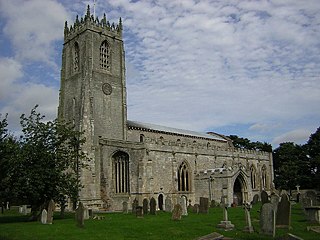
Blyth Priory was a priory in Nottinghamshire, England, dedicated to St Mary the Virgin.
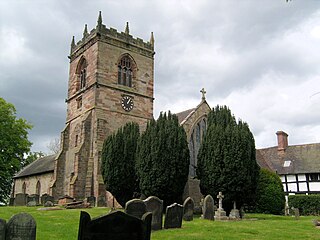
Lapley Priory was a priory in Staffordshire, England. Founded at the very end of the Anglo-Saxon period, it was an alien priory, a satellite house of the Benedictine Abbey of Saint-Remi or Saint-Rémy at Reims in Northern France. After great fluctuations in fortune, resulting from changing relations between the rulers of England and France, it was finally dissolved in 1415 and its assets transferred to the collegiate church at Tong, Shropshire.
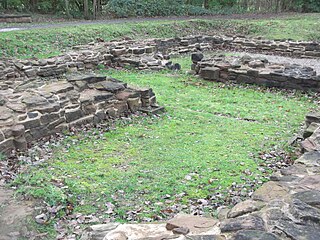
Sandwell Priory was a small medieval Benedictine monastery, near West Bromwich, then part of Staffordshire, England. It was founded in the late 12th century by a local landowner and was only modestly endowed. It had a fairly turbulent history and suffered considerably from mismanagement. It was dissolved in 1525 at the behest of Cardinal Wolsey – more than a decade before the main Dissolution of the Monasteries under Henry VIII

Monks Kirby Priory was a priory, at first Benedictine and later Carthusian, in Monks Kirby, Warwickshire, England.
Astley Priory was a Benedictine priory in Astley, Worcestershire, England.

St. James Priory, also known as Derby Cluniac Priory, was a Benedictine monastery, formerly located in what is now Derby City Centre. It existed until the Dissolution of the Monasteries.

Edith Weston Priory was a small alien house of Benedictine monks in Edith Weston, Rutland. The French parent house of Abbey of Saint-Georges, Boscherville was founded by Ralf de Tanquerville, chamberlain to William the Conqueror, about the year 1050. By 1114 his son William donated the church and manor at Edith Weston, and a small cell of monks was set up to collect the rents and intercede for the founder's soul.

Morville Priory was a small Benedictine monastery in Shropshire, a cell of Shrewsbury Abbey.
Stoke-by-Clare Priory was a Benedictine monastery in Stoke-by-Clare, in Suffolk, an alien priory, dependent on Bec Abbey, in Normandy. Reinstituted in 1124, the Priory was suppressed in 1415.
